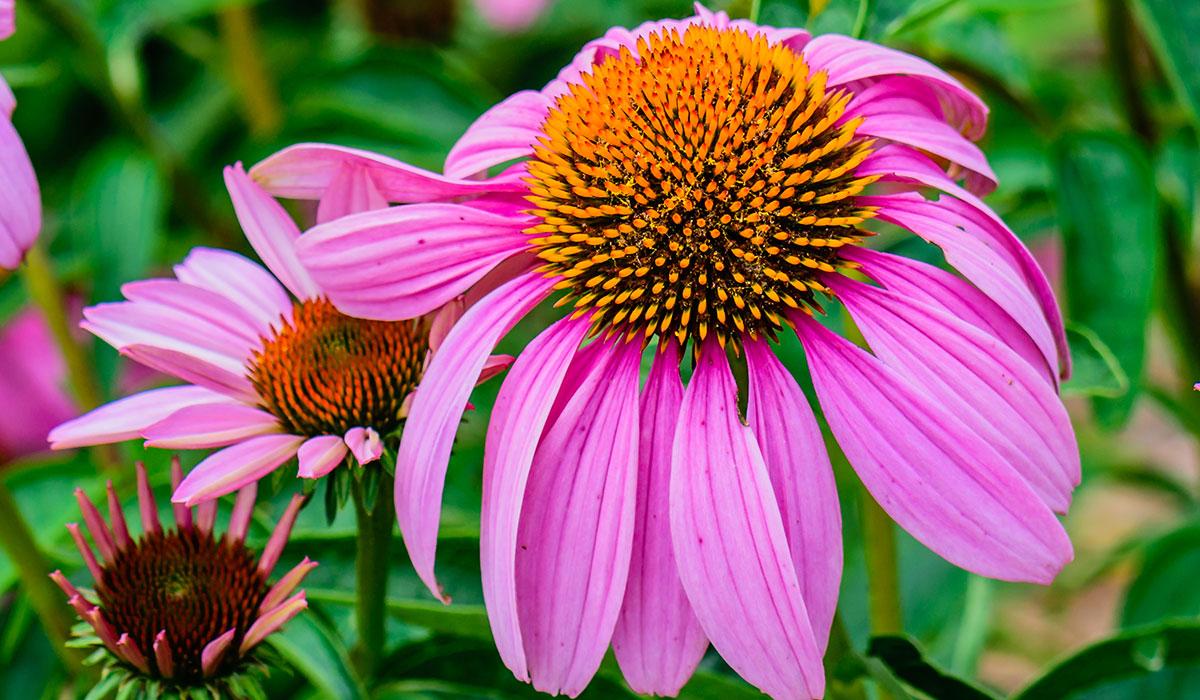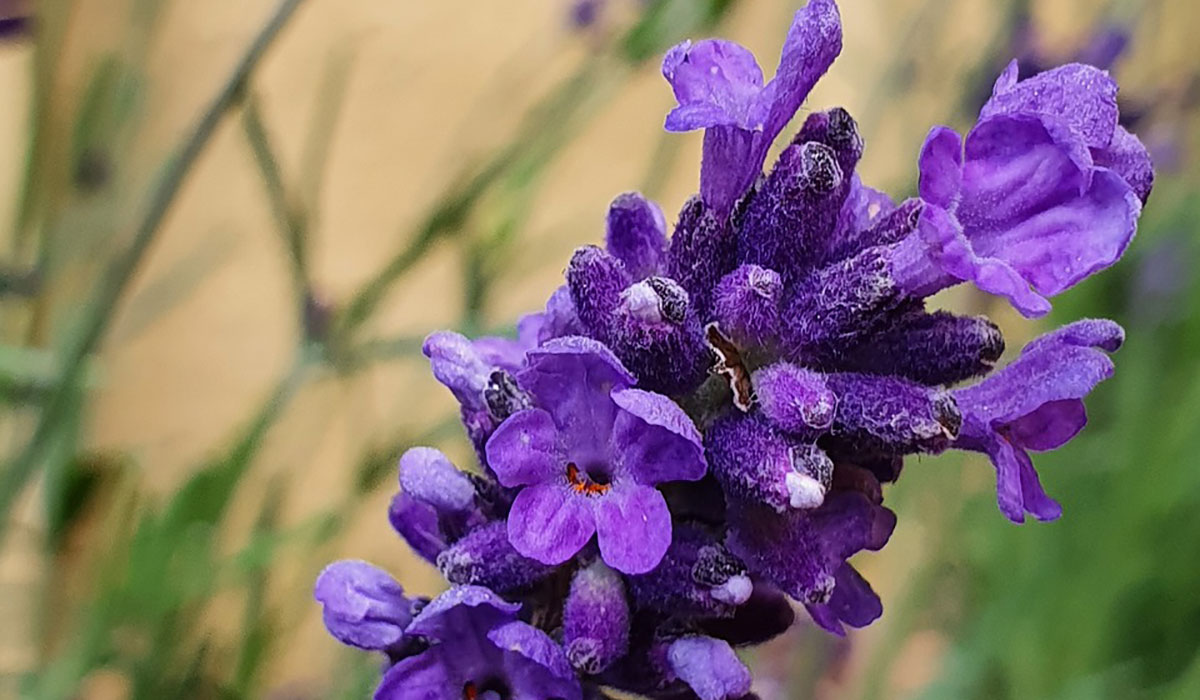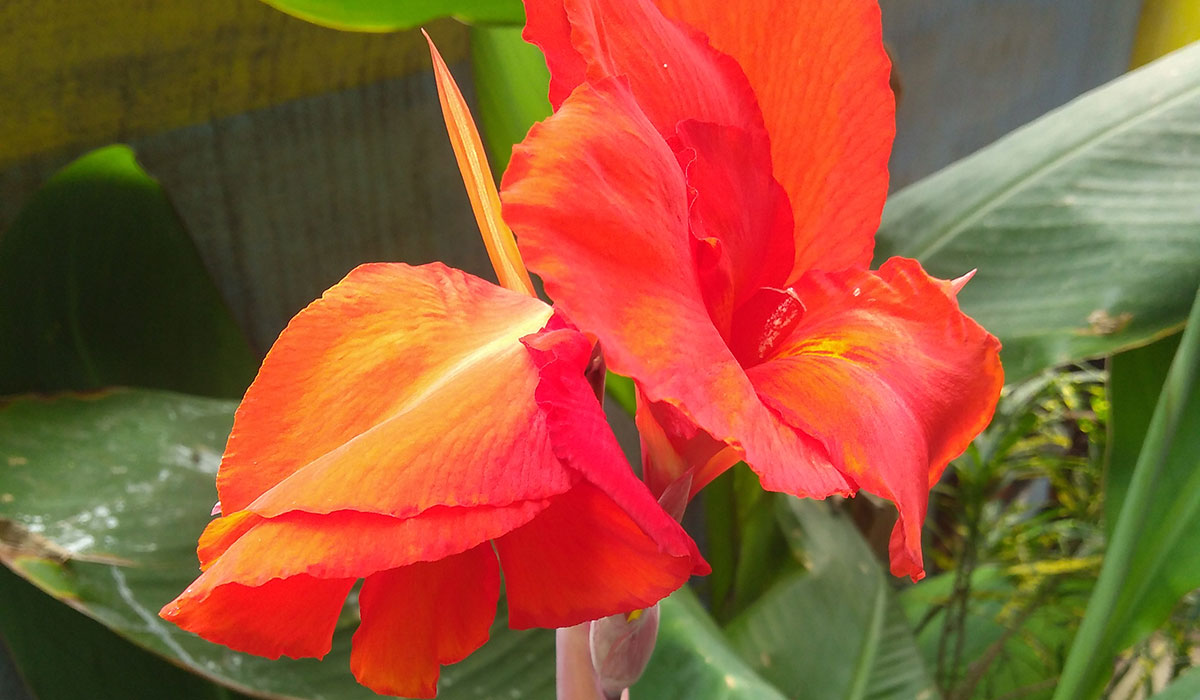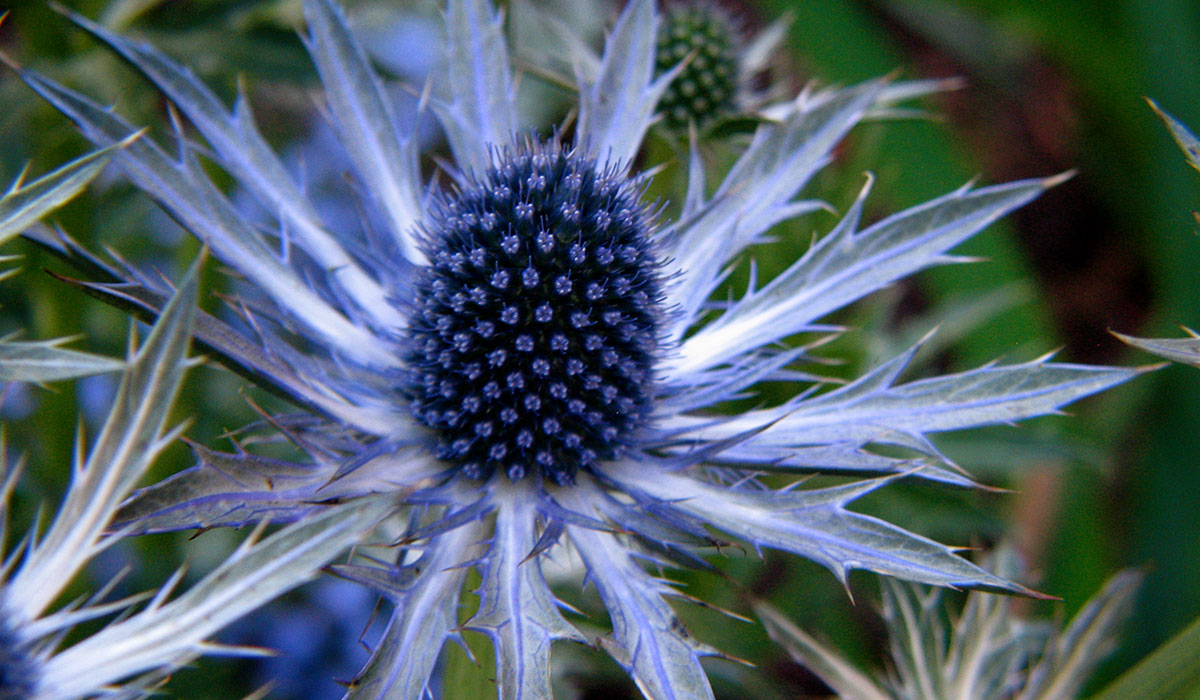Gardening brings transformative changes, nurturing our souls and fostering a deep connection to nature. It teaches us patience, resilience, and the joy of nurturing life. Through gardening, we find solace, inspiration, and a renewed appreciation for the beauty that surrounds us, creating a space of tranquility and personal growth.
Not sure where to begin or what to plant in June? You still have plenty of options to choose from. Let’s get you started.
1. Rose
As the sun's warm embrace envelops the world, and nature bursts into a vibrant symphony of colors, it's the perfect time to indulge in the allure of roses. It is important to consider the specific climate and growing conditions in your region. In some areas, June may be hot and dry, which can be stressful for newly planted roses. Ensure that you provide adequate water and monitor the plants closely for any signs of stress. It's also advisable to choose container-grown roses or those with well-established root systems for better success when planting in June. Roses are among the oldest cultivated flowers known to humankind. Designated the official flower of the United States in 1986, they have always been the aristocrat of flowers. If you would like to read more about Rose, check here.

2. Coneflower
Planting Coneflower in June offers a splendid opportunity to introduce a burst of vibrant color and beauty to your garden. As the warm weather settles in, these resilient and drought-tolerant perennials thrive in the summer sun. June planting allows the coneflower to establish its roots before the peak of summer, ensuring strong growth and abundant blooms in the coming months. So, seize the moment, and plant coneflowers in June to enjoy their charming presence and attract pollinators to your garden all season long. Check out our dedicated page about Coneflower, where we have information about how to plant, care for, and solve any problem you may face.

3. Lavender
Did you know lavender can transport you to a place of breathtaking beauty and tranquility if you plant it in June? As you bask in the warmth of summer, learn about the magic of this aromatic herb. When lavender is planted in June, it can develop strong roots, resulting in a thriving display of fragrant blooms that will captivate your senses and attract charming pollinators. Take advantage of June's allure and set out to build a garden oasis decorated with lavender's classic elegance.

4. Coreopsis
Coreopsis, the Native American wildflower that has captured the hearts of gardeners everywhere, These resilient members of the daisy family, commonly known as tickseeds, bring vibrant colors and sturdiness to any yard or garden. With their attractive yellow flowers, Coreopsis not only adds a pop of intense color but also serves as a magnet for butterflies, beneficial insects, and birds. Whether you choose the perennial varieties that can brave chilly winters or the adaptable annual types, Coreopsis will thrive in diverse climates, from the northern regions to the heat and humidity of the Deep South. Embrace the allure of Coreopsis and let these stunning wildflowers bring life and charm to your landscape, creating a welcoming haven for both nature and garden enthusiasts. Sure you want to know more about Coreopsis? Head over here.

5. Canna Lilies
Cannas (KAN-ahs) are tall, showy ornamental plants with lush towers of banana-like leaves and bright flowers resembling gladioli or orchids. They are perennial only in the deep South and southern California, where winters are mild. They grow 2-8 feet tall and spread 18 inches across. Flowers are similar to gladiolus blooms and cluster at the ends of tall, cane-like stems. They bloom in mid to late summer or early fall, depending on the variety. Here you can learn more about Canna Lilies.

6. Zinnias
Zinnias are annual flowers whose Mexican heritage is reflected in their bright colors, prolific bloom, and ability to handle hot, dry summer weather. They come in many sizes and flower types, making them a versatile addition to the home landscape. They complete their entire life cycle in a single growing season and die when frost arrives, making them annuals. Zinnias have coarse, rough, bold leaves that are slightly fuzzy and grow in pairs opposite from each other along the sturdy stems. If you are planting Zinnias and want to know more, check out the page on our website here.

7. Daylily
Hemerocallis hybrids, or modern daylilies, are low-maintenance perennials that bloom for several weeks and produce a variety of pretty flowers every day. Their scientific name, Hemerocallis, is derived from the Greek and means "beautiful for a day." Although daylilies can be grown from New England to California and as far north as the Canadian border, some varieties thrive in particular climates more than others. In the South, evergreens remain green through the winter, while semi-evergreens have a range in how much cold they can withstand. Dormant plants die back during the winter. Plants purchased locally from reputable nurseries will probably be suitable for your climate, but if ordering plants by mail, carefully review catalogs. Learn more about Daylily here.

8. Sea Holly
Sea Holly will give your garden a hint of coastal magic. This extraordinary perennial will add a special charm to your landscape with its silvery-blue foliage and spiky blooms. Sea Holly is a tough plant that thrives in sandy soil and coastal areas in spite of its delicate appearance. It attracts helpful pollinators like bees and butterflies and can withstand salt spray and strong winds. This is a good place to learn more about Sea Holly.

9. Shasta Daisy
Asia is the origin of the chrysanthemum family, a robust and adaptable group of flowering plants. Because the traditional daisy flower is one of the most beloved flower forms, Shasta Daisy is especially well-liked by homeowners. Plants are not always long-lived, but it is perfect for the garden and for cutting. The hardiest varieties of Shasta daisies can withstand the bitter winter cold as far north as the Great Lakes, New York, and Southern New England (zone 4). Typical shasta daisy plants reach a height of 3 feet and a mature width of about 2 feet. Dwarf varieties only reach heights of 1 foot and widths of 12 to 18 inches. Shasta daisies have medium to dark green foliage. At the end of each plant stem, flowers with a ring of white ray petals and yellow centers resemble the traditional daisy. Double flowers with two rows of ray petals are present on some specialized species. They start blooming in June and keep going until August.
Read more about Shasta Daisy on our website.

Thank you for joining us on this journey through nine fantastic plants that can truly spice up your garden! We hope these vibrant additions bring joy, color, and a touch of excitement to your outdoor oasis. Remember, gardening is not just about growing plants; it's about nurturing a thriving community of green thumbs. So, go ahead and share this blog with your fellow plant enthusiasts, because sharing is caring! Keep growing, keep sharing, and keep spreading the garden love.
Happy gardening! 🌱🌼🌿

